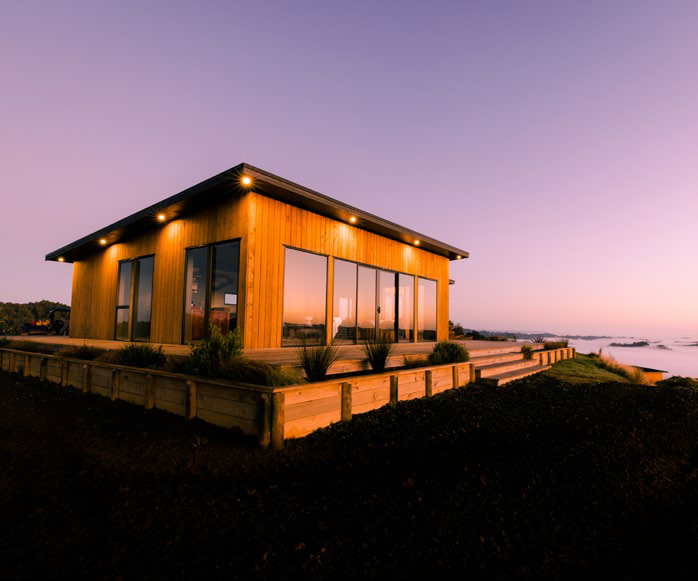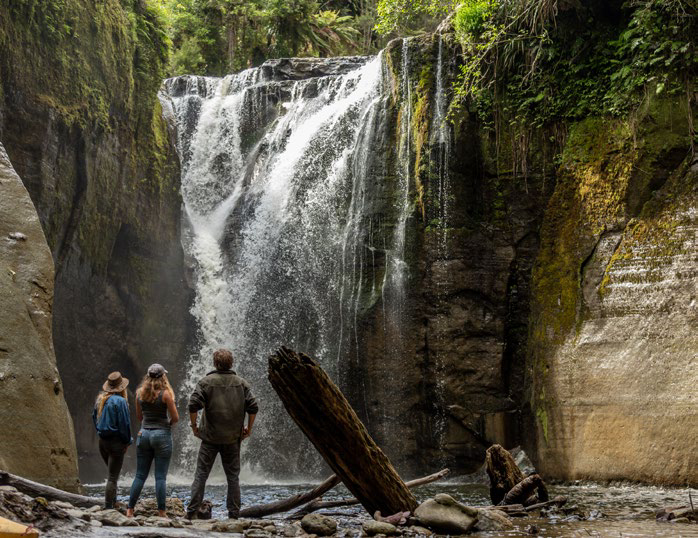Blue Duck Station

By Virginia Larsen, KiaOra

CLAIM TO FAME
The long and winding road to Blue Duck Station lands you on the northern border of Whanganui National Park, at the confluence of the Whanganui and Retaruke rivers. This is wild, beautiful, taciturn country; a place of sheer blues, green river gorges, dense bush and beguiling light. It’s also a land of resourceful people, none more so than the going-on three generations of Steele family who work these 3000ha. Farming – sheep, deer, Hereford-Angus cross and some “hairy, horny” Scottish Highland cattle – still underpins the operation on its scattering of verdant tracts, but this is also a vast conservation project driven by the dynamic and visionary Dan Steele. The station’s name is well earned; 20 years of predator control has given the river catchment’s endangered whio (blue duck) a fighting chance against rats, stoats, possums and feral cats. Highlights of a stay include spotting whio, helped by a sharp-eyed guide, on the ducks’ favoured fastflowing river habitat, or on a dark, quiet night hearing the high-pitched call of North Island brown kiwi. Hunters are welcome guests; they get all the thrill of the hunt among these shued peaks and bush-clad ravines, while they help cull destructive wild deer, goats and pigs.
ON YOUR DOORSTEP

With a vast playground to explore, you can sign up for a range of Blue Duck Station adventures: kayaking, mountain biking, hunting and tramping among them. The station is a favourite among horse trekkers – BYO mount or let Dan’s wife Sandy match you to one of her sleek and sturdy horses, trained to tackle the terrain. The Mountains to Sea Ngā Ara Tūhono Cycle Trail and Te Araroa Trail weave through the property and into the national park; Dan and his team also offer jet-boat rides laced with snippets of local ecology and history, tall tales and true. You can skim down the Whanganui River to the Bridge to Nowhere, an arched concrete structure built in the mid-1930s to provide road access to the rugged Mangapurua Valley where sections were allocated to World War I veterans. Floods, erosion, hard labour and the valley’s remoteness took their toll. By 1944 the settlement was deserted; this elegant bridge its only elegy to despair.